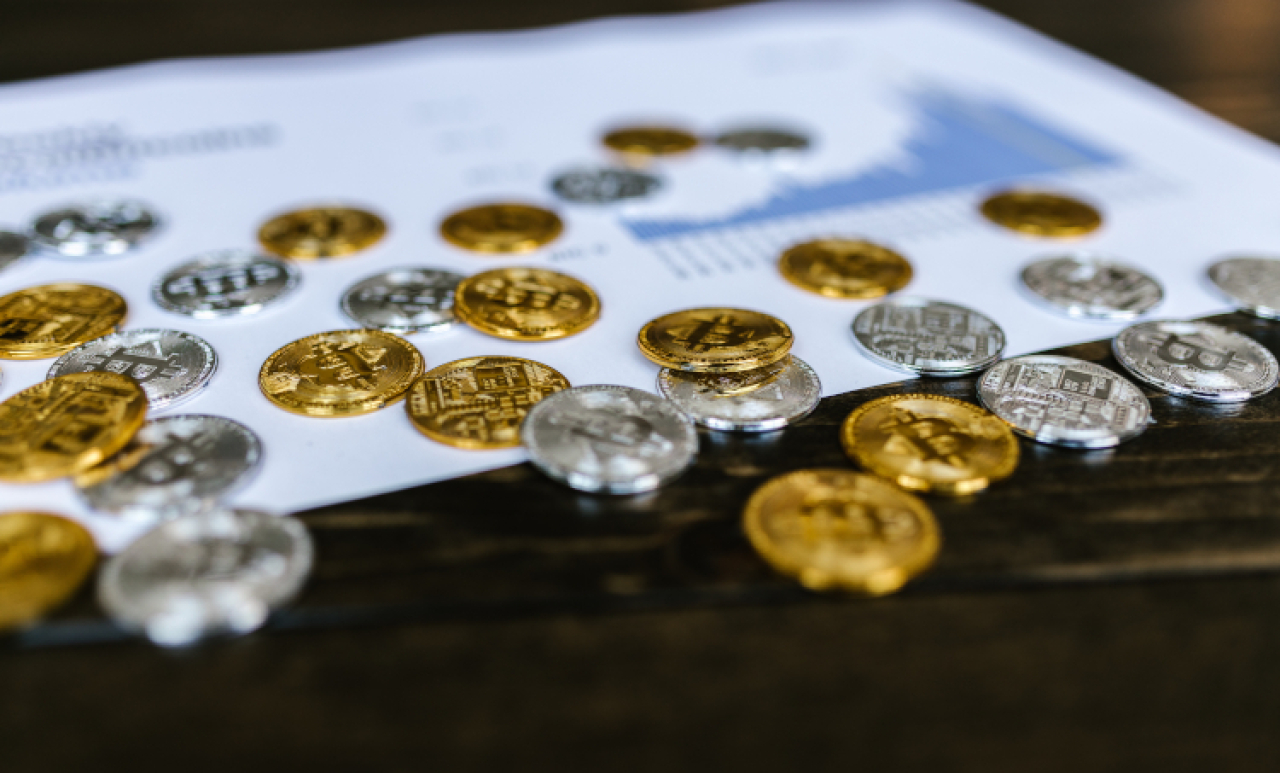In this article, we will explore the mystery behind pips and how they can help potentially maximise your earnings in the ever-changing Forex market. We will identify key concepts associated with pips, such as their use in calculating profit and loss and tips for managing risk while using them. With this newfound knowledge of leveraging pips to your advantage, you'll soon become a pro trader capable of making intelligent choices despite turbulence.
What is a Pip and How Does it Impact Your Profits in Forex Trading
When it comes to Forex trading, it is crucial to understand the terminology and metrics used in the process. One term that every trader should be familiar with is 'Pip', which stands for 'percentage in point'. A Pip represents the slightest price change that a given currency pair can experience. Understanding Pips is critical as it determines the profit and loss you will witness in your trading career. For instance, if you make a long trade on EUR/USD at 1.1000 and the exchange rate increases to 1.1001, you would have earned one Pip.
Even though one Pip may seem insignificant to some, it can substantially impact your profits, especially when dealing with higher trading volumes. Therefore, having an in-depth knowledge of Pips is crucial as they are the building blocks of Forex trading and an essential determining factor of your profits. At ADSS, there is a range of educational resources to help you understand the definition of pips and their role in Forex trading better.
Understanding the Basics of Pips and their Calculation
Pips are calculated by looking at the fourth decimal place in a currency pair's exchange rate. It is known as a 'four-decimal-place pricing system'. However, depending on the market convention, some currency pairs use three or five decimal places. For example, USD/JPY uses two decimal places, while EUR/USD uses four decimal places.
To calculate your profit or loss, you need to know the number of Pips that have been gained or lost. For example, if you bought EUR/USD at 1.1000 and sold it at 1.1050, you would have made a profit of 50 Pips as the exchange rate increased by 50 points.
Exploring Different Types of Pips and their Implications
Forex trading has two main types of Pips – Standard and Fractional. Standard pips refer to the standard lot size of 100,000 units of a particular currency pair. On the other hand, fractional Pips refer to the fifth decimal place in a currency pair's exchange rate. This type is commonly used in electronic trading platforms as they allow for more precise pricing and quoting.
Moreover, knowing the type of Pips used is essential when calculating your profit or loss. For example, if you're trading a standard lot size on EUR/USD and it moves from 1.1000 to 1.1055, you would have gained 55 fractional pips instead of just five standard pips. This significant difference highlights the importance of understanding and identifying different types of Pips.
Calculating Overall Profit or Loss Based on Pip Movements
Now that we have a better understanding of Pips and their types let's explore how they impact your overall profit or loss in Forex trading. The number of Pips gained or lost determines your earnings or losses in a trade. However, other factors, such as leverage and position size, are crucial.
Leverage is the ability to control a more significant position with less capital, which magnifies profits and increases risk. A standard lot size of 100,000 units may seem like a considerable amount to invest in one trade, but with leverage, you can control it with as little as $1,000. It means that even small pip movements can significantly impact your profits or losses.
Tips to Leverage the Power of Pips for Maximum Benefit
The world of forex trading is constantly evolving, and with that comes new strategies and techniques to potentially maximise profits. One such technique is leveraging the power of pips. Pips, or "percentage in point," refers to the smallest increment of a currency pair's price movement. By understanding how pips work and utilising them to your advantage, you can potentially see significant gains in your trades.
To leverage the power of pips, it's crucial to have a solid understanding of technical analysis and to be able to identify trends and patterns in the market. It's also essential to have a disciplined approach to risk management and to always be mindful of potential losses. Incorporating pips into your trading strategy and implementing sound risk management practices can increase your chances of success in the forex market.
